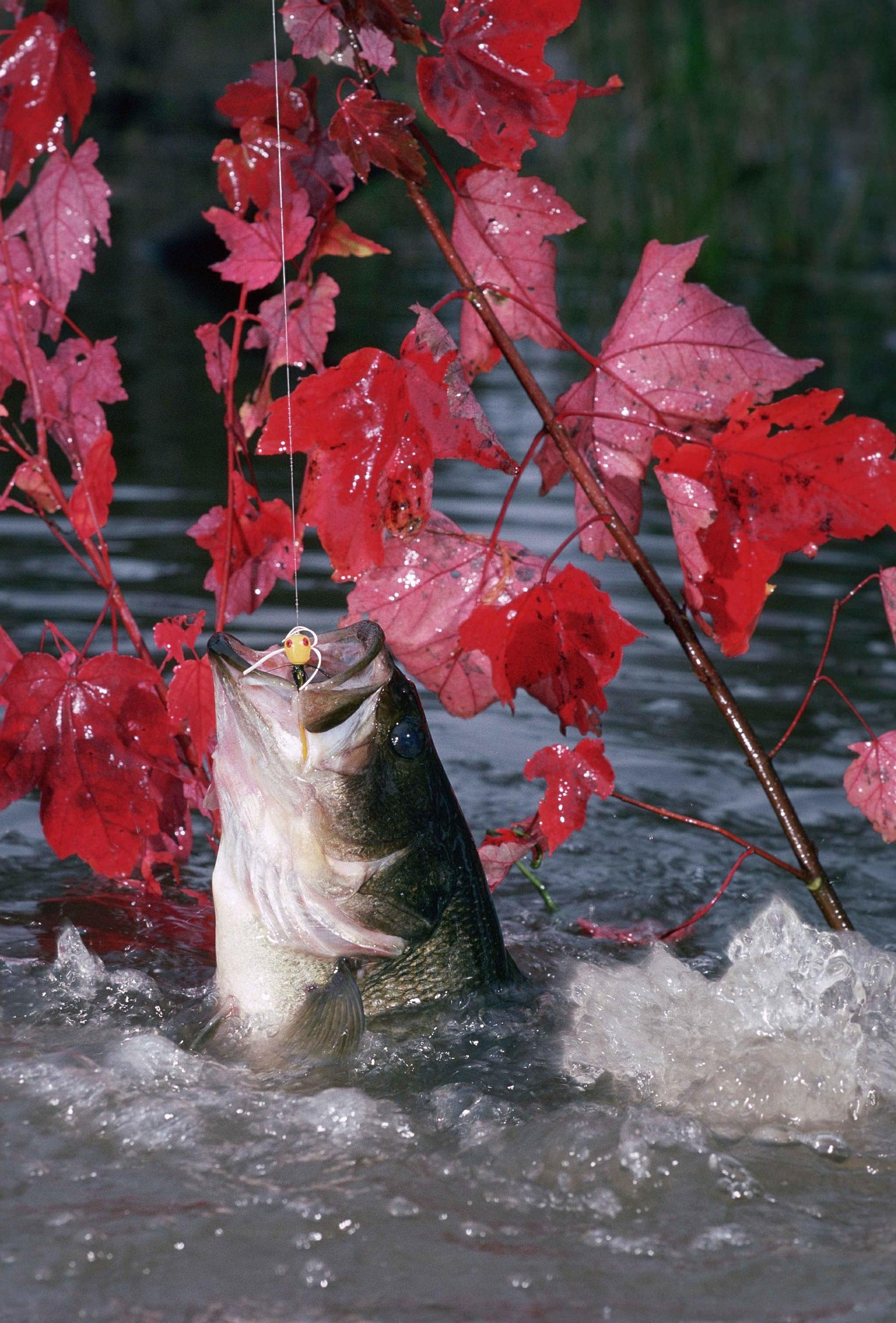Bass Fishing During Winter – 3 Tips To Keep In Mind
Knowing how to catch bass in winter requires a little patience, timing and the use of some lures. When winter comes around, bass fishing for most is put on hold. No more fishing on that special day. Instead, the focus turns to sweaters and scarves.
Winter Bass Fishing Tips Take Time To Find The Best Winter Bass Baits The best time to catch good bass is usually in the late fall or early winter. That’s when bass usually migrate from the shallow water of the coastal plain to the deeper water of the creek they inhabit. If you can take your time to find these bass, you are sure to have a successful fishing trip.
Winter Bass Baits Most effective winter bass baits are live or fresh-cut jigs, worms and minnows with a cover of shad or grass on the bottom. Try using the same bait in deeper water, but in different spots on the same day. Jigs, worms and minnows will be more active in colder weather, while live or fresh-cut bait will be more active in warmer weather.
Dead Largemouth Bait Largemouth bass baits are most effective when suspended perfectly, making them nearly impossible to hook. Use a jerkbait instead. Jels can be used as bait almost anywhere, but their greatest advantage is their ability to suspend perfectly, making them nearly impossible to hook. In fact, this is why many people use jerkbaits instead of live or fresh-cut largemouth baits in deep water.
Water Temperature Jellies floats just about as well in hot weather as in cooler temperatures; in fact, some float better than others. The best choice for colder water is still a fresh-cut jig. They will still have good action even at night. When you are fishing in hot water, however, don’t cut your jigs too short. Too long in hot water will cause them to break and swim out of the water.
Time of Year Bass breeding cycles and fish migration also play a role in how often bass will be available during the winter. For example, a bass likely to spawn in the spring has not been sighted in months, if at all, since it’s born. This means that bass will be scarce on many a bass fishing trip in the winter, even if they do spawn.
Bass reaction strikes are different for every kind of bait. Spinner bait will react much more quickly to touch and start the looping process before the bass can react. The result is more flies being cast in, which means the bass may not even be able to see the spinner bait. There are some types of lures, like the lipless crankbait, which can even start to move as the bass bites.
The best winter bass bait is one that is retrieved slowly. It’s a good idea to retrieve the lure slowly, while watching it, to determine how much time it takes for the lure to return to the surface. Catching these fish is more of an art than a guarantee. Sometimes they’ll just go down the depth and forget about you, regardless of how deep you were. Remember to also watch for surface strays, as well.
When fishing in heavy cover, or in areas that aren’t heavily fished, these fish tend to stay close to the banks. To catch them, look for slow moving schooling fish that lie in the creek channels or in the shallow watersides. You might also look for shad, catfish, or other types of fish hiding in the deeper watersides. If you’re fishing in a heavily fished area, then you’re likely to find a few fish in these areas. But, they will be closer to the banks, where they are harder to catch.
There are some additional things to keep in mind when fishing in wintertime. Try not to waste your time casting on islands, manholes, and culverts. These are generally poor fishing areas. It’s much better to fish in clear areas in the main lakes. Also, don’t cast near weed beds, where your chances of getting a bite are slim. The bonus tip here is to fish using a hair jig bass lure instead of a regular lure; this will definitely help you get more fish.
The third and final tip is to watch for bass usually congregating at deeper levels. If there are plenty of fish in this part of the lake, then it might mean that the shallow waters have food available. If there’s no food available in deeper water, then the chances of catching something are pretty slim. So, don’t just cast your rod tip to deep unless you know for sure that there’s going to be food down there.
